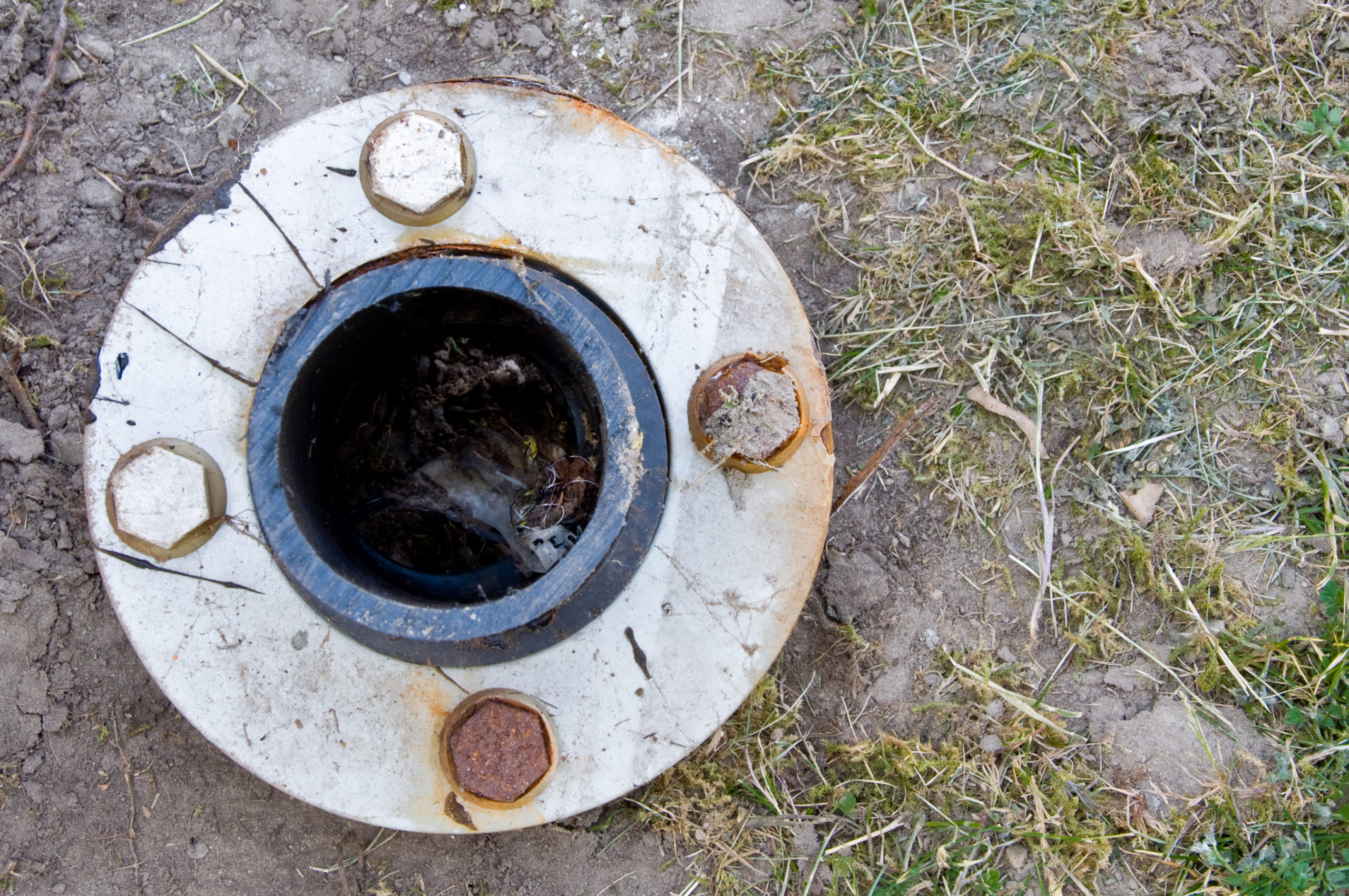A clogged bathtub drain is a common household plumbing issue. However, when you have sewage backing up through your bathtub tub, this is a serious issue that requires immediate attention. Sewage backup is a health hazard and can cause damage to your home and property. In this article, we will explore common reasons why sewage might be coming up through your bathtub, and what you can do to fix it.
Blockages in the Sewer Line
A common reason for sewage backing up through the bathtub is a blockage in the main sewer line. The main sewer line connects your home’s plumbing system to the municipal sewer system. As water and waste from your home’s plumbing system travel through the main sewer line, it flows by gravity towards the municipal sewer system. However, if there is a blockage in the main sewer line, this can cause water and waste to back up into your home’s plumbing system, including the bathtub.

Main sewer line blockages are often caused by things like tree roots, grease buildup, foreign objects, and collapsed pipes. When it comes to tree roots, they can grow into the main sewer line causing blockages. Grease buildup occurs when you pour oil and grease down your sink, which can stick to the inner walls of pipes, causing blockages. Foreign objects include things like toys, paper towel, and hygiene products that are often flushed down the toilet.
To fix a main sewer line blockage, you will need to contact a professional plumber. They will be able to evaluate the scope of the blockage and determine the best course of action to fix the issue.
Clogged Drain Vent
Another common reason why sewage might be coming up through your bathtub is a clogged drain vent. Every plumbing fixture in your home has a drain vent that is connected to the main sewer line. Vent pipes allow air to circulate through the drainage system, preventing the buildup of sewer gases and maintaining proper drainage.

When a vent pipe is clogged, it can prevent air from entering the drainage system and cause water to back up. As air gets trapped in your home’s plumbing system, it needs to escape somewhere. When this occurs, you may start to notice sewage backing up through your bathtub.
To fix a clogged drain vent, you will need to locate the vent pipe on the roof of your home. Once you have located the vent pipe, you can attempt to remove any debris that might be clogging the pipe. If you are unable to fix the issue on your own, you should contact a plumbing professional.
Broken Sewer Line
A broken sewer line can also cause sewage to back up into your bathtub. Like a main sewer line blockage, a broken sewer line can occur due to a variety of reasons, including age, corrosion, and root intrusion. When a sewer line breaks, sewage can seep into the surrounding soil, causing your lawn to become soggy or obtaining a foul smell.
If you suspect that you have a broken sewer line, you should immediately contact a plumbing professional. A broken sewer line is a severe issue that requires immediate attention, as it can cause property damage and health hazards.
Prevention
There are several ways to prevent sewage from backing up into your bathtub. First, make sure that you are not flushing any foreign objects down your toilets or drains. These objects can cause blockages that can lead to sewage backup. It is also essential to avoid pouring cooking grease and oil down your sink, as this can cause grease buildup in your plumbing system.
You should also have your main sewer line and drain vents regularly inspected and cleaned by professionals. Doing this can help prevent blockages from occurring, which can lead to sewage backup.
In conclusion, Sewage backing up through your bathtub is a severe issue that requires immediate attention. There are several reasons why this might occur, including main sewer line blockages, clogged drain vents, and a broken sewer line. When it comes to fixing these issues, it is essential to contact a plumbing professional. Additionally, taking preventative measures such as not flushing foreign objects and having your plumbing system regularly inspected can help prevent sewage backup from occurring in the future. Remember to contact Ace Plumbing Repair for all your plumbing needs.






